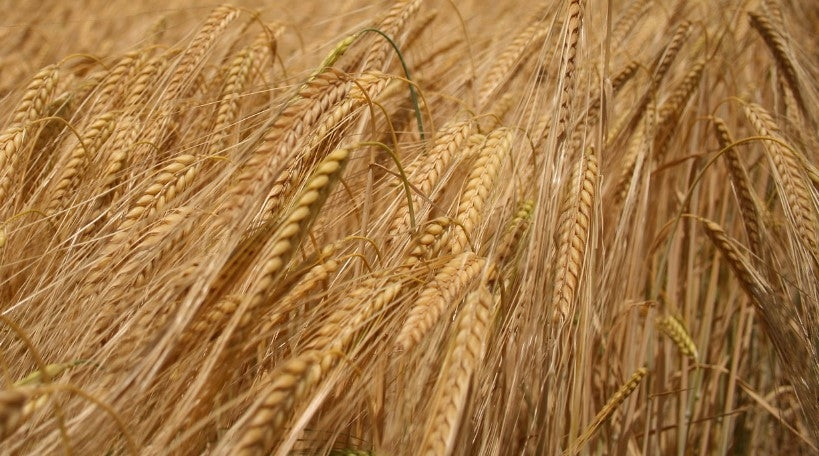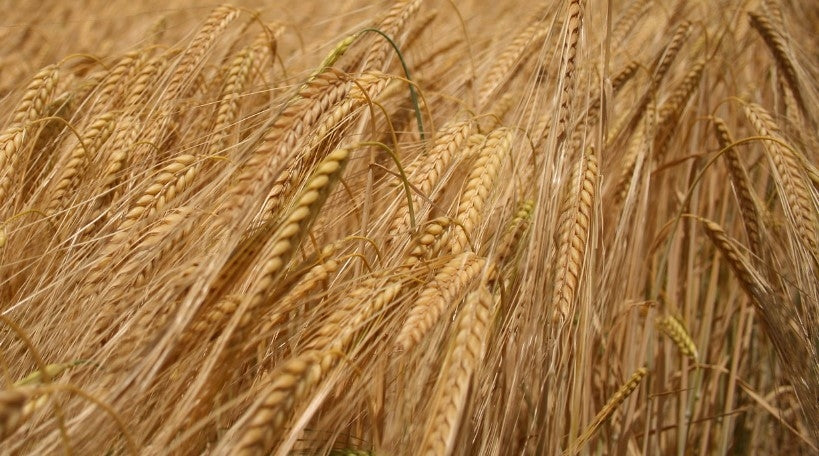ORGANIC COMETA BARLEY
Have a question?

ORGANIC COMETA BARLEY
Dettagli
The seeds of common barley , Hordeum vulgare , have been a major source of energy for humans since ancient times. Its main uses are the production of animal feed and the processing of malt , used primarily in the brewing and whisky industries . However, in recent years there has been growing interest in the consumption of barley in human nutrition following numerous studies demonstrating its health effects.
Barley , besides being a good source of carbohydrates and protein , is a food not to be overlooked for its fiber content . However, the pearled version, that is, without the outer layer, contains less fiber but still provides about a quarter of the recommended fiber and maintains a good beta-glucan content. Finally, barley is a source of vitamins , primarily B vitamins, and minerals .
Cultivated barley derives from the wild barley Hordeum spontaneum, with which it shares a close relationship. The species is therefore divided into two subspecies: H. vulgare subsp. spontaneum (wild) and H. vulgare subsp. vulgare (domesticated). Both are diploid (2n = 14 chromosomes); the main difference is the fragility of the wild ears, which allows the seeds to be dispersed by the wind.
Its origins can be traced to the Near East, specifically to the area encompassing modern-day Israel, Jordan, Syria, and southern Anatolia. The bare-kernel varieties, which readily shed their husks when ripe, appear to originate in China.
Tetrastic varieties are characterized by ears consisting of six rows (lengthwise rows of kernels), four of which are arranged in two pairs, while six-stic varieties have six rows of kernels spaced equally apart on the ear. Distichous varieties have only two rows of kernels on the ear. Polystic barley generally has a higher number of kernels per ear and higher yields, while two-stic varieties have fewer kernels per ear, but they are larger. The kernel can be bare (the glumes are detached during threshing) or coated (the glumes are attached to the kernel).
Barley is an annual herbaceous plant that can reach a height of 60–120 cm at maturity, depending on the cultivar. Two-row varieties typically produce more tillers than several-row varieties.
Barley has good drought resistance and can tolerate temperatures of 38°C if the ambient humidity is not too high. It can be grown at altitudes from sea level to mountains. It tolerates cold, although less so than other winter cereals such as wheat and rye.
For malt production, it's not advisable to follow barley with a legume, as the nitrogen enrichment caused by the latter would cause an excessive protein content in the grain. In polystack barley, excess nitrogen can promote lodging.
Fall sowing takes place in Northern Italy around mid-October, while in the South it is generally sown from the first ten days of November to the first ten days of December. Spring sowing should be done as soon as the weather conditions are right, to avoid the crop being at the ripening stage with excessively high temperatures. This would cause the development of small, stunted kernels.
It is often advisable to increase the seed rate in spring sowings, as they are characterized by a lower degree of tillering, or in the case of no-till sowing. In autumn sowings, a greater seed rate and therefore a greater number of culms per square meter limits the crop's natural tillering; this phenomenon can be useful in two-row barley used for malting, in order to obtain uniform and larger kernels. Sowing is carried out by broadcasting or, more frequently, in rows 15–20 cm apart (12–15 cm for two-row barley, to reduce tillering), with a sowing depth of 30–40 mm.


